Home>Technology>Security & Surveillance>Why Is Smart Lock Not Working
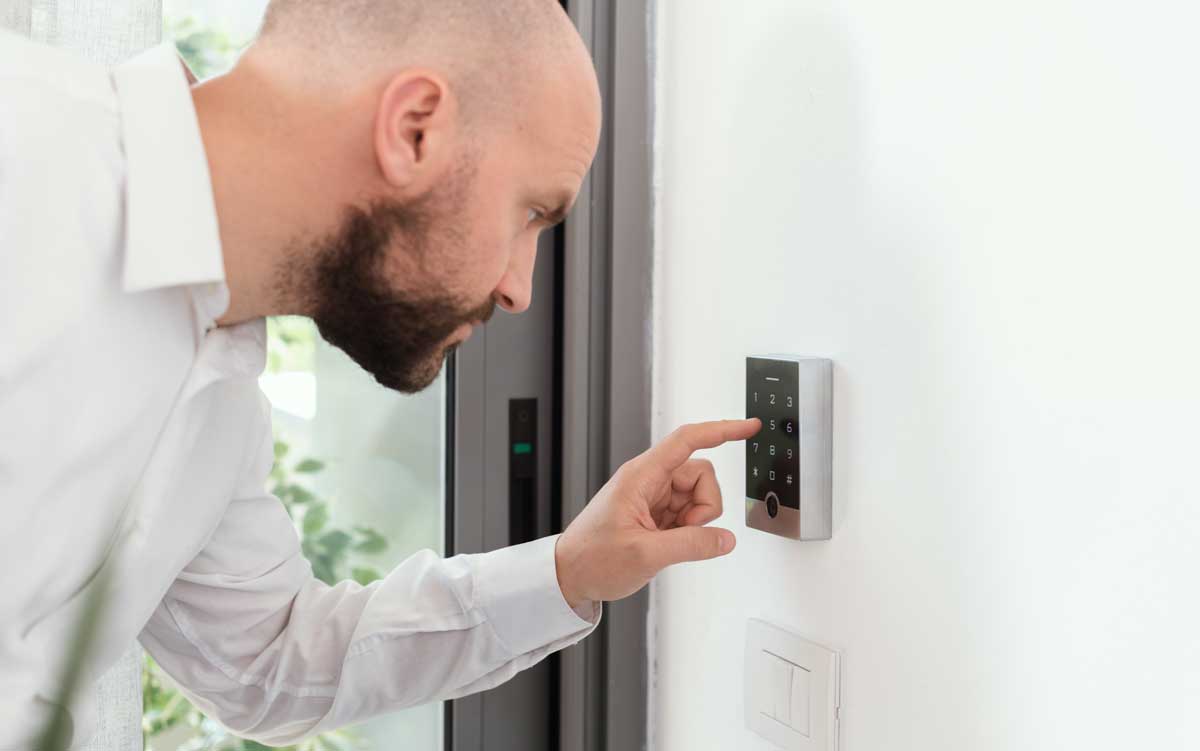

Security & Surveillance
Why Is Smart Lock Not Working
Published: December 23, 2023
Discover common reasons why your smart lock may not be working and learn how to troubleshoot it effectively. Ensure the security and surveillance of your property with these smart lock tips.
(Many of the links in this article redirect to a specific reviewed product. Your purchase of these products through affiliate links helps to generate commission for Storables.com, at no extra cost. Learn more)
Introduction
Smart locks have revolutionized the way we secure our homes and businesses. These innovative devices offer convenience, flexibility, and enhanced security features compared to traditional locks. However, encountering issues with a smart lock can be frustrating and potentially compromise the security of your property. In this article, we will explore common reasons why a smart lock may not be working as intended and provide troubleshooting tips to help you address these issues effectively.
Whether you’re experiencing connectivity problems, software glitches, mechanical malfunctions, or power-related issues, understanding the potential causes of smart lock failures is crucial for resolving them promptly. By identifying and addressing these issues, you can restore the functionality of your smart lock and maintain the peace of mind that comes with a reliable and secure locking system.
Key Takeaways:
- Keep your smart lock powered with fresh, compatible batteries and ensure it’s installed in a suitable environment to avoid power-related issues and maintain reliable functionality.
- Address connectivity, software, and mechanical issues promptly to troubleshoot smart lock problems effectively and maintain a secure locking system.
Read more: What Smart Locks Work With Alexa
Check for Power
One of the first steps in troubleshooting a smart lock that is not functioning properly is to check its power source. Smart locks typically rely on batteries to operate, so it’s essential to ensure that the power supply is sufficient and functioning correctly. Here are some key points to consider when assessing the power source of your smart lock:
- Battery Status: Begin by checking the battery status of the smart lock. Low or depleted batteries can cause the lock to malfunction or become unresponsive. Most smart locks are equipped with indicator lights or mobile app notifications that alert you when the battery level is low. If the batteries are running low, replace them with fresh, high-quality batteries to restore the lock’s functionality.
- Power Source Compatibility: Verify that the smart lock is compatible with the type of batteries you are using. Some smart locks have specific requirements for battery type and voltage, so using the correct batteries is crucial for optimal performance.
- External Power Supply: In some cases, smart locks may offer the option to connect to an external power supply, such as a backup battery pack or a power adapter. If your smart lock has this feature, consider using an external power source to troubleshoot power-related issues.
- Environmental Factors: Assess the environmental conditions surrounding the smart lock. Extreme temperatures, humidity, or exposure to direct sunlight can impact battery performance and overall lock functionality. Ensure that the smart lock is installed in an environment that is within the specified operating temperature range and protected from excessive moisture or direct sunlight.
By thoroughly examining the power source of your smart lock and addressing any issues related to battery status, compatibility, or environmental factors, you can effectively troubleshoot power-related issues and restore the reliable operation of your smart lock.
Connectivity Issues
Smart locks rely on seamless connectivity to function efficiently, and issues with connectivity can lead to operational disruptions. When troubleshooting a smart lock with connectivity issues, it’s essential to consider both the local network connection and the communication between the lock and its associated mobile app or control hub. Here are some key factors to address when dealing with connectivity issues:
- Wi-Fi or Bluetooth Signal Strength: Assess the strength and stability of the Wi-Fi or Bluetooth signal in the vicinity of the smart lock. Weak or intermittent signals can hinder the lock’s ability to communicate with the associated app or control hub. Consider repositioning the Wi-Fi router or control hub to improve signal strength and minimize interference.
- Network Compatibility: Ensure that the smart lock is compatible with your home or business network. Some smart locks may have specific requirements regarding network protocols or frequency bands. Verify that the lock’s connectivity specifications align with your network infrastructure to avoid compatibility issues.
- Router Configuration: Check the configuration settings of your Wi-Fi router or control hub to ensure that they are optimized for smart lock connectivity. Adjusting settings such as network security protocols, firewall permissions, and signal broadcasting channels can help resolve connectivity issues and enhance the lock’s performance.
- Mobile App Permissions: If the smart lock is managed through a mobile app, review the app’s permissions and settings related to lock connectivity. Ensure that the app has the necessary permissions to establish and maintain a connection with the smart lock. Granting location access and background app refresh permissions can facilitate smoother communication between the app and the lock.
- Remote Access Configuration: If the smart lock offers remote access features, such as unlocking via a mobile app from a different location, verify that the remote access configuration is properly set up. Troubleshoot any issues related to remote connectivity by checking network port settings, firewall rules, and VPN configurations if applicable.
By addressing connectivity issues related to signal strength, network compatibility, router configuration, app permissions, and remote access settings, you can effectively troubleshoot and resolve connectivity issues that may be impacting the performance of your smart lock.
Software Glitches
Smart locks rely on software to manage their functionality, including user access, security protocols, and integration with mobile apps or control systems. When encountering software glitches, it’s important to address these issues promptly to ensure the smooth operation of the smart lock. Here are key considerations when dealing with software glitches:
- App or Control System Updates: Check for updates to the mobile app or control system associated with the smart lock. Software updates often include bug fixes and performance enhancements that can address software glitches and improve the overall functionality of the lock. Updating the app or control system to the latest version can help resolve software-related issues.
- Device Compatibility: Verify that the smart lock is compatible with the mobile device or control system being used to manage it. Incompatibility between the lock and the app or control system can lead to software glitches and operational inconsistencies. Ensure that the devices are compatible and meet the lock’s system requirements.
- Cache and Data Clearing: Clearing the cache and data associated with the mobile app or control system can help eliminate temporary files or corrupted data that may be contributing to software glitches. This process can vary depending on the device and operating system, but it often involves accessing the app settings and selecting the option to clear cache and data.
- System Reboot: Perform a system reboot on both the smart lock and the associated mobile device or control system. Rebooting can help refresh the software and clear any temporary issues that may be causing glitches. After rebooting, test the lock’s functionality to see if the software glitches have been resolved.
- Factory Reset: As a last resort, consider performing a factory reset on the smart lock and reconfiguring it from scratch. This process can help address persistent software glitches by restoring the lock to its default settings and clearing any software-related issues that may have accumulated over time.
By addressing software glitches through app updates, device compatibility checks, cache and data clearing, system reboots, and potential factory resets, you can effectively troubleshoot and resolve software-related issues that may be affecting the performance of your smart lock.
Mechanical Malfunctions
While smart locks are designed to offer advanced security and convenience, they still rely on mechanical components to engage and disengage the locking mechanism. When encountering mechanical malfunctions, it’s important to inspect the physical components of the smart lock to identify and address potential issues. Here are key considerations when dealing with mechanical malfunctions:
- Physical Obstructions: Inspect the area around the smart lock to ensure that there are no physical obstructions hindering its operation. Objects, debris, or misaligned door frames can interfere with the proper engagement of the lock’s components. Clear any obstructions and ensure that the door and lock mechanism are aligned correctly.
- Lubrication and Maintenance: Proper lubrication of the lock’s mechanical components, such as the deadbolt or latch, is essential for smooth operation. Over time, mechanical parts may experience friction or wear, leading to malfunctions. Apply a suitable lubricant as recommended by the lock’s manufacturer to maintain the smooth functioning of the internal components.
- Physical Damage Assessment: Inspect the smart lock for any signs of physical damage, such as cracks, dents, or misalignments. Physical damage can impede the lock’s mechanical operation and compromise its security. If damage is detected, consider contacting the manufacturer or a professional locksmith for further assessment and potential repairs.
- Manual Operation Test: Test the lock’s manual operation by using a physical key or the manual override feature, if available. This test can help determine if the mechanical components are functioning properly independent of the smart features. If manual operation is smooth and consistent, the issue may be related to the smart lock’s electronic components or connectivity.
- Professional Inspection: If mechanical malfunctions persist despite basic troubleshooting efforts, consider seeking assistance from a qualified locksmith or the smart lock’s manufacturer. Professional inspection and maintenance can help diagnose and resolve complex mechanical issues, ensuring the long-term reliability of the smart lock.
By addressing mechanical malfunctions through obstruction clearance, lubrication, damage assessment, manual operation tests, and professional inspection when necessary, you can effectively troubleshoot and resolve mechanical issues that may be impacting the performance of your smart lock.
Make sure your smart lock is properly connected to the internet and that the batteries are fully charged. Also, check for any software updates for the lock and your smartphone. If the problem persists, contact the manufacturer for further assistance.
Read more: How Does A Smart Lock Work
Battery Replacement
As with any electronic device, the batteries in a smart lock are crucial for its operation. Over time, batteries can become depleted, leading to performance issues or complete lock failure. When considering battery replacement for a smart lock, it’s important to follow specific guidelines and best practices to ensure optimal functionality. Here are key considerations when replacing the batteries in a smart lock:
- Battery Type and Compatibility: Verify the specific battery type and compatibility requirements for your smart lock. Some locks may require standard alkaline batteries, while others may be designed for rechargeable lithium-ion batteries. Ensure that the replacement batteries align with the lock’s specifications to avoid potential issues.
- Battery Life Expectancy: Understand the expected lifespan of the smart lock’s batteries based on usage patterns and environmental factors. Regularly monitor the battery status through indicator lights or mobile app notifications to anticipate when replacement will be necessary. Proactively replacing batteries before they are fully depleted can help prevent unexpected lock failures.
- Battery Removal and Installation: Follow the manufacturer’s instructions for safely removing and installing the batteries in the smart lock. Pay attention to polarity markings and insertion guidelines to ensure proper contact and electrical flow. Avoid forcing the batteries into place and handle them with care to prevent damage or misalignment.
- Battery Testing and Calibration: After installing new batteries, test the smart lock’s functionality to confirm that the replacement has been successful. Some locks may require a calibration process to synchronize with the new batteries and recalibrate power management settings. Refer to the lock’s user manual or online resources for specific calibration procedures.
- Battery Disposal: Dispose of depleted or old batteries responsibly in accordance with local regulations. Many communities offer recycling programs for household batteries to minimize environmental impact. Avoid disposing of batteries in regular household waste and explore recycling options to promote sustainability.
By approaching battery replacement with attention to type compatibility, proactive monitoring, proper installation, testing, calibration, and responsible disposal, you can maintain the reliable performance of your smart lock and minimize the risk of unexpected lock failures due to depleted batteries.
Firmware Update
Smart locks are equipped with firmware, which serves as the underlying software that governs their operation, security features, and compatibility with external systems. Keeping the firmware up to date is essential for ensuring the optimal performance and security of a smart lock. Here are key considerations when updating the firmware of a smart lock:
- Manufacturer Notifications: Stay informed about firmware updates by subscribing to manufacturer notifications or checking for announcements on the official website or support channels. Manufacturers often release firmware updates to address security vulnerabilities, enhance features, and improve overall performance.
- Update Compatibility: Verify that the firmware update is compatible with your specific smart lock model and its associated control system or mobile app. Review the release notes and compatibility information provided by the manufacturer to ensure a seamless update process and avoid potential compatibility issues.
- Update Procedure: Follow the manufacturer’s instructions for initiating the firmware update. This may involve using a dedicated mobile app, a control hub, or a direct connection to a computer or smart device. Ensure that the smart lock remains powered and connected throughout the update process to prevent interruptions.
- Security Enhancements: Firmware updates often include security enhancements to address potential vulnerabilities and protect the smart lock from unauthorized access or tampering. Prioritize firmware updates that focus on security improvements to safeguard your property effectively.
- Post-Update Testing: After completing the firmware update, test the smart lock’s functionality to confirm that the update has been successful. Verify that all previously configured user access settings, automation routines, and security features remain intact and function as expected.
By staying informed about firmware updates, ensuring compatibility, following update procedures, prioritizing security enhancements, and conducting post-update testing, you can effectively maintain the security and performance of your smart lock through timely firmware updates.
Resetting the Smart Lock
When a smart lock experiences persistent issues or malfunctions that cannot be resolved through basic troubleshooting, performing a reset may help restore its functionality. Resetting a smart lock involves returning it to its default settings and clearing any stored data or configurations. Here are key considerations when resetting a smart lock:
- Manufacturer’s Guidelines: Refer to the smart lock’s user manual or the manufacturer’s official support resources for specific instructions on performing a reset. Different smart lock models may have varying reset procedures, and it’s important to follow the recommended guidelines to avoid unintended consequences.
- Backup and Documentation: Before initiating a reset, document any custom settings, user access codes, or configuration details associated with the smart lock. Consider taking screenshots or notes to facilitate the reconfiguration process after the reset is complete. Additionally, back up any critical data or access logs if the lock offers this functionality.
- Physical Reset Button: Some smart locks feature a physical reset button or sequence that initiates the reset process. This typically involves pressing and holding the reset button for a specified duration while the lock is powered and operational. Follow the manufacturer’s instructions carefully to execute the reset procedure correctly.
- Factory Reset via App or Control System: If the smart lock is managed through a mobile app or control system, it may offer a factory reset option within its settings or configuration menus. Access the reset feature through the app or control system interface and follow the on-screen prompts to initiate the reset process.
- Post-Reset Reconfiguration: After completing the reset, reconfigure the smart lock with the necessary settings, user access codes, and security preferences. Restore any backed-up data or documentation to ensure that the lock operates according to your specific requirements and integrates seamlessly with your security system.
By following the manufacturer’s guidelines, documenting settings, utilizing reset buttons or app features, and reconfiguring the smart lock after the reset, you can effectively troubleshoot persistent issues and restore the functionality of your smart lock through a controlled reset process.
Contacting Customer Support
When all troubleshooting efforts fail to resolve the issues with a smart lock, reaching out to the manufacturer’s customer support team can provide valuable assistance and guidance. Customer support representatives are equipped to address complex technical issues, provide specific troubleshooting steps, and offer personalized solutions tailored to the unique challenges encountered with the smart lock. Here are key considerations when contacting customer support for smart lock issues:
- Documentation of Symptoms: Before contacting customer support, document the specific symptoms and behaviors exhibited by the smart lock. Note any error messages, unusual sounds, or recurring patterns of malfunction. This information will help the support team understand the nature of the issues and expedite the troubleshooting process.
- Manufacturer’s Contact Channels: Utilize the manufacturer’s designated contact channels, such as phone support, email support, live chat, or a support ticket system. Prioritize direct communication with the official support team to ensure reliable and accurate assistance.
- Provide Model and Serial Information: When reaching out to customer support, have the smart lock’s model and serial numbers readily available. This information allows the support team to identify the specific product and access relevant technical details to assist with troubleshooting.
- Describe Troubleshooting Steps Taken: Communicate the troubleshooting steps you have already taken to address the smart lock issues. This includes any resets, battery replacements, firmware updates, or other relevant actions. Providing this context helps the support team understand the history of the issue and avoid redundant troubleshooting.
- Follow Support Team Guidance: Customer support representatives may provide specific instructions for further troubleshooting, advanced diagnostics, or potential warranty-related processes. Follow their guidance closely and provide feedback on the outcomes of any additional troubleshooting steps to facilitate a comprehensive resolution.
- Warranty and Service Options: Inquire about the smart lock’s warranty coverage and potential service options available through the manufacturer. If the issues persist and are determined to be hardware-related, the support team can guide you through warranty claims, repair services, or product replacements as applicable.
By documenting symptoms, utilizing official contact channels, providing product details, describing previous troubleshooting steps, following support team guidance, and exploring warranty and service options, you can leverage the expertise of customer support to address persistent smart lock issues effectively.
Frequently Asked Questions about Why Is Smart Lock Not Working
Was this page helpful?
At Storables.com, we guarantee accurate and reliable information. Our content, validated by Expert Board Contributors, is crafted following stringent Editorial Policies. We're committed to providing you with well-researched, expert-backed insights for all your informational needs.
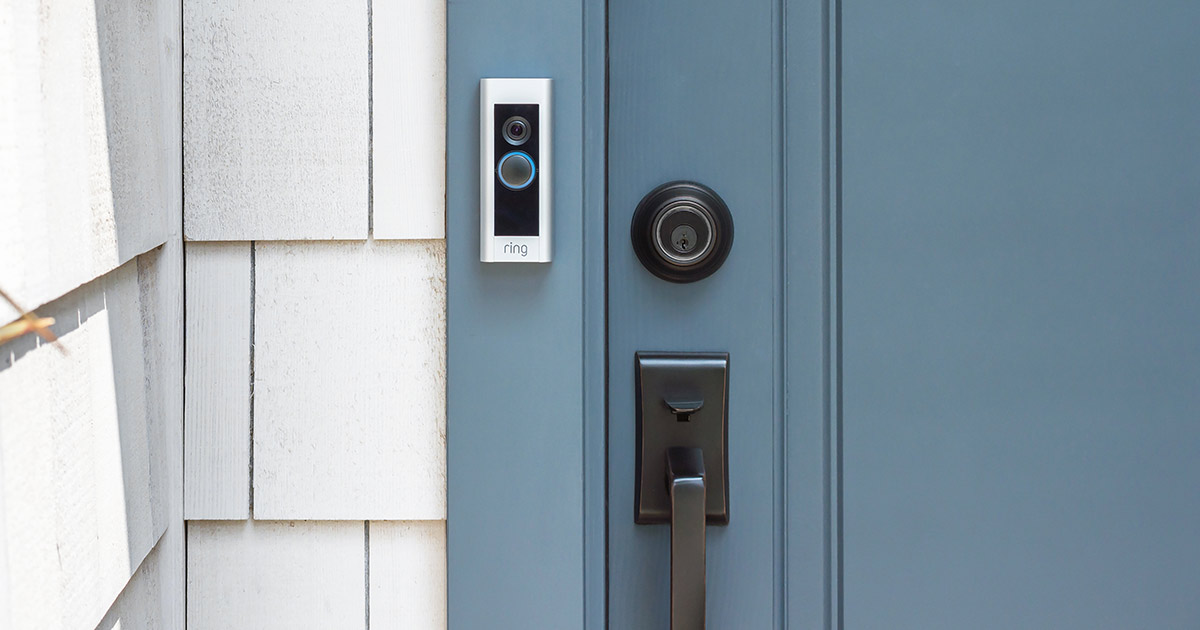
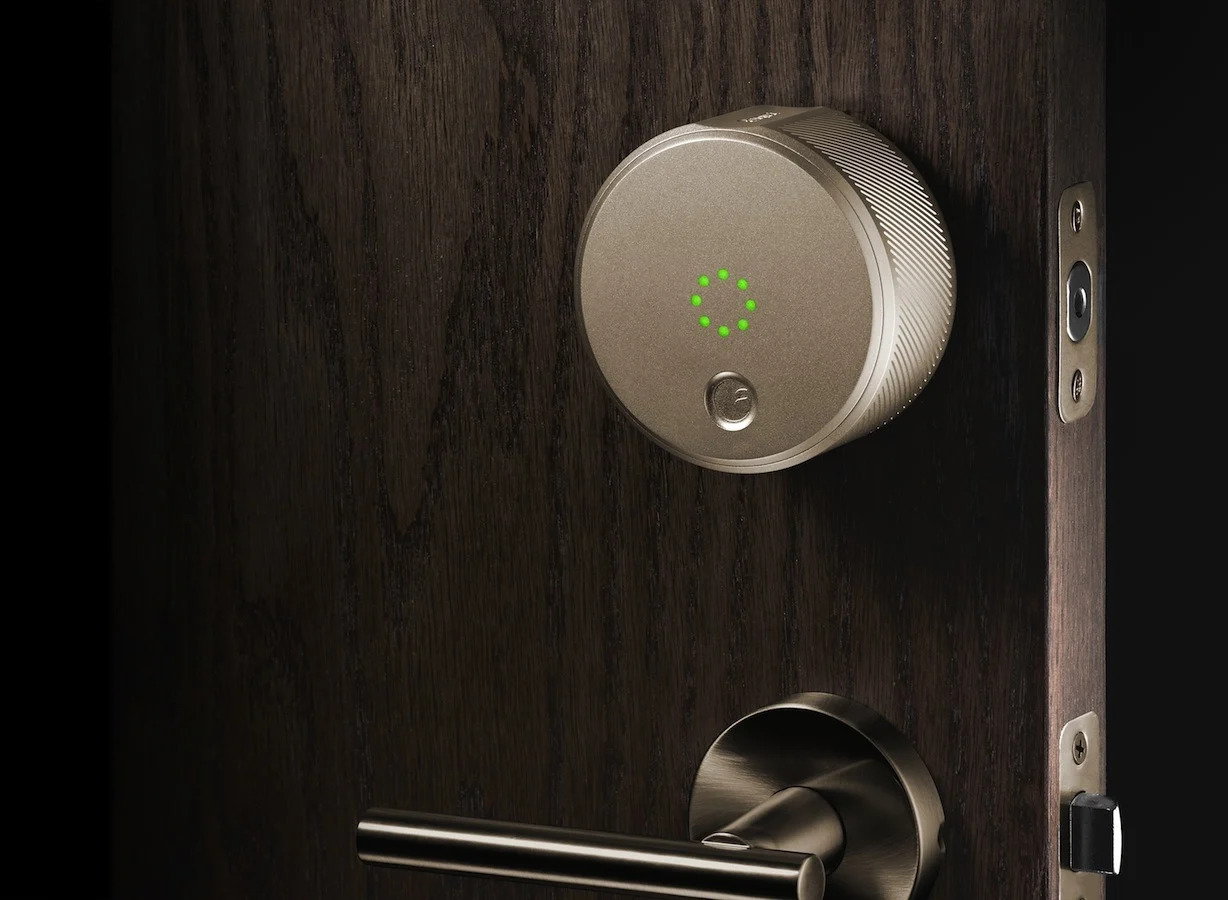
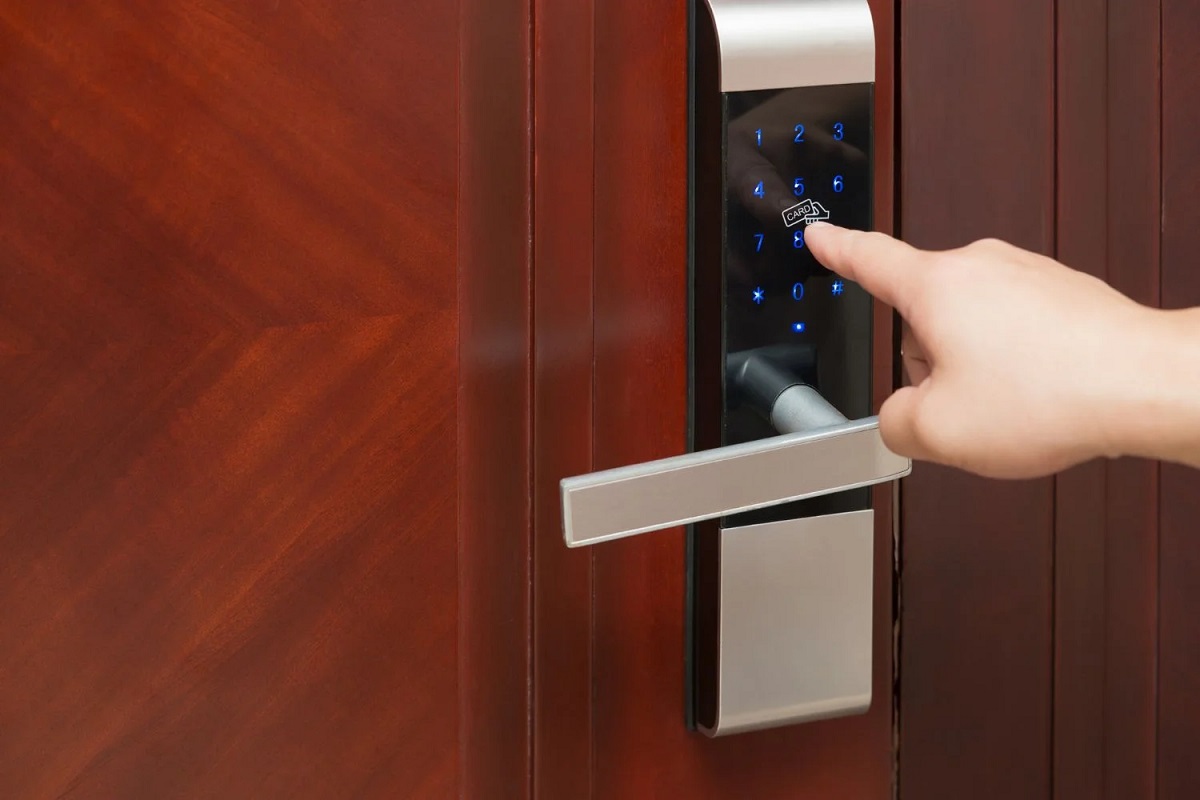
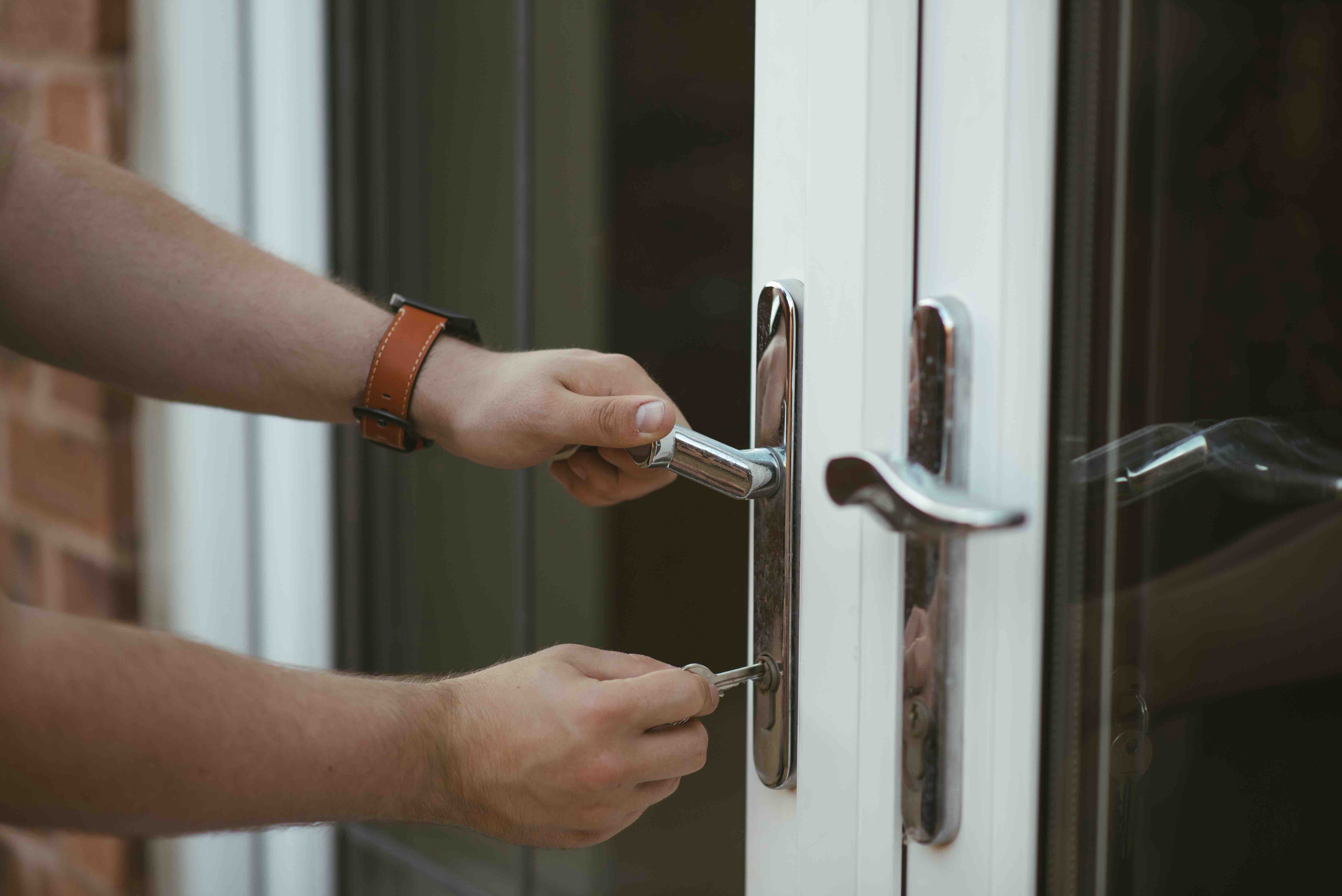
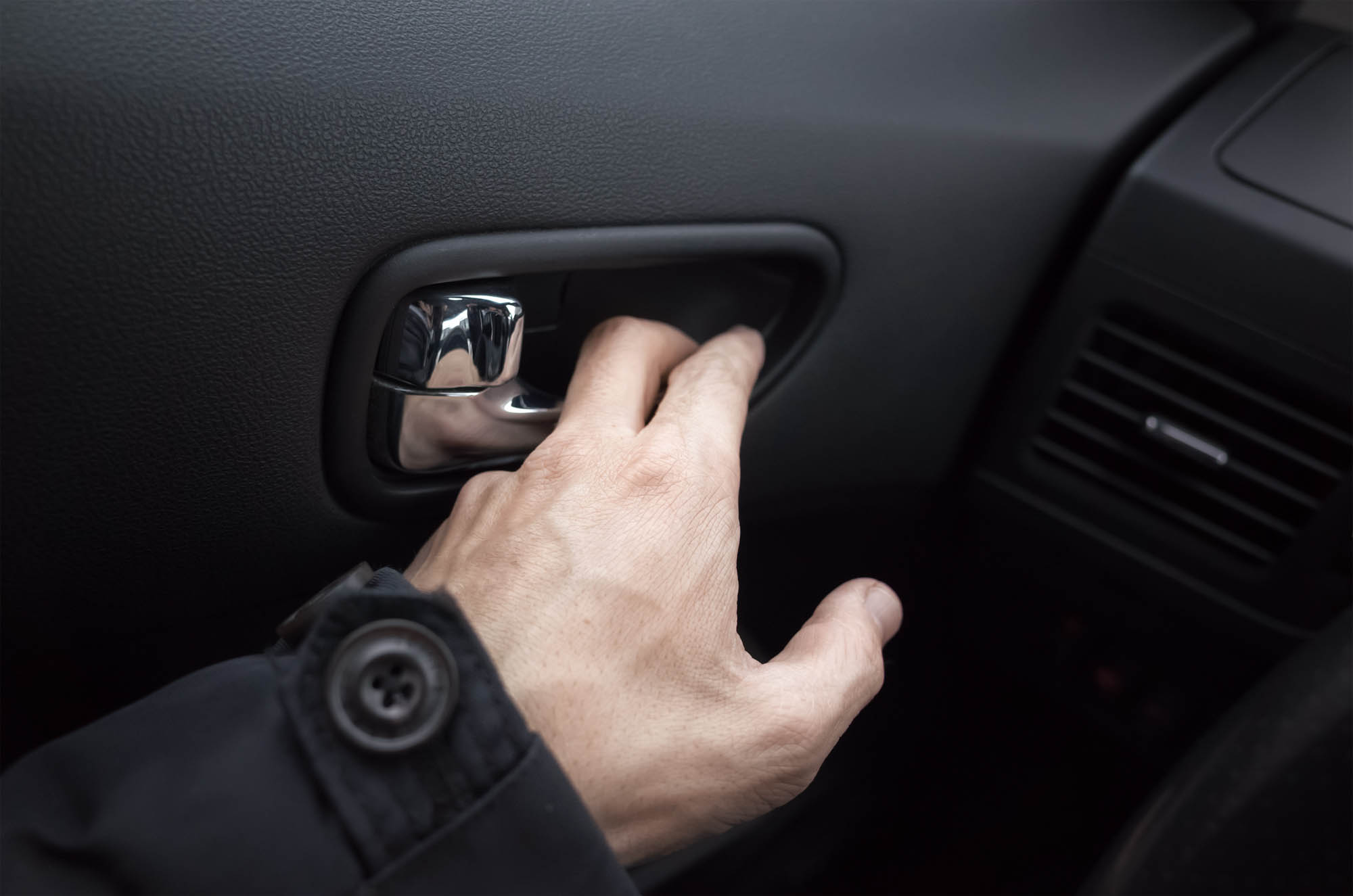
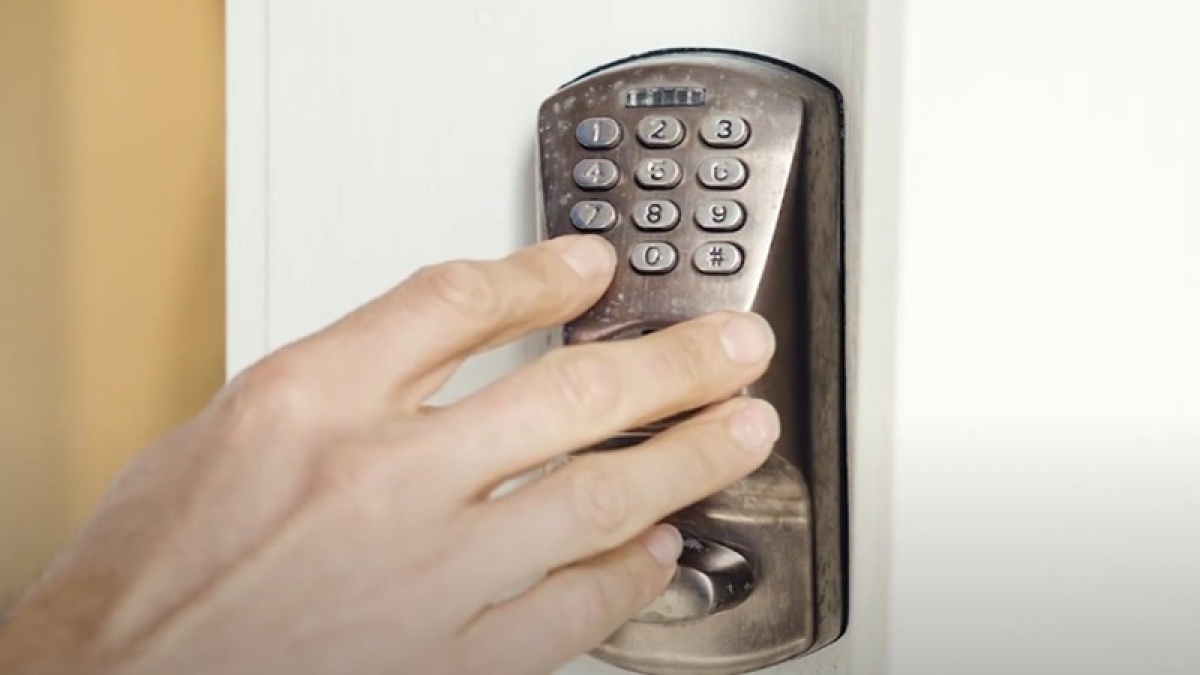
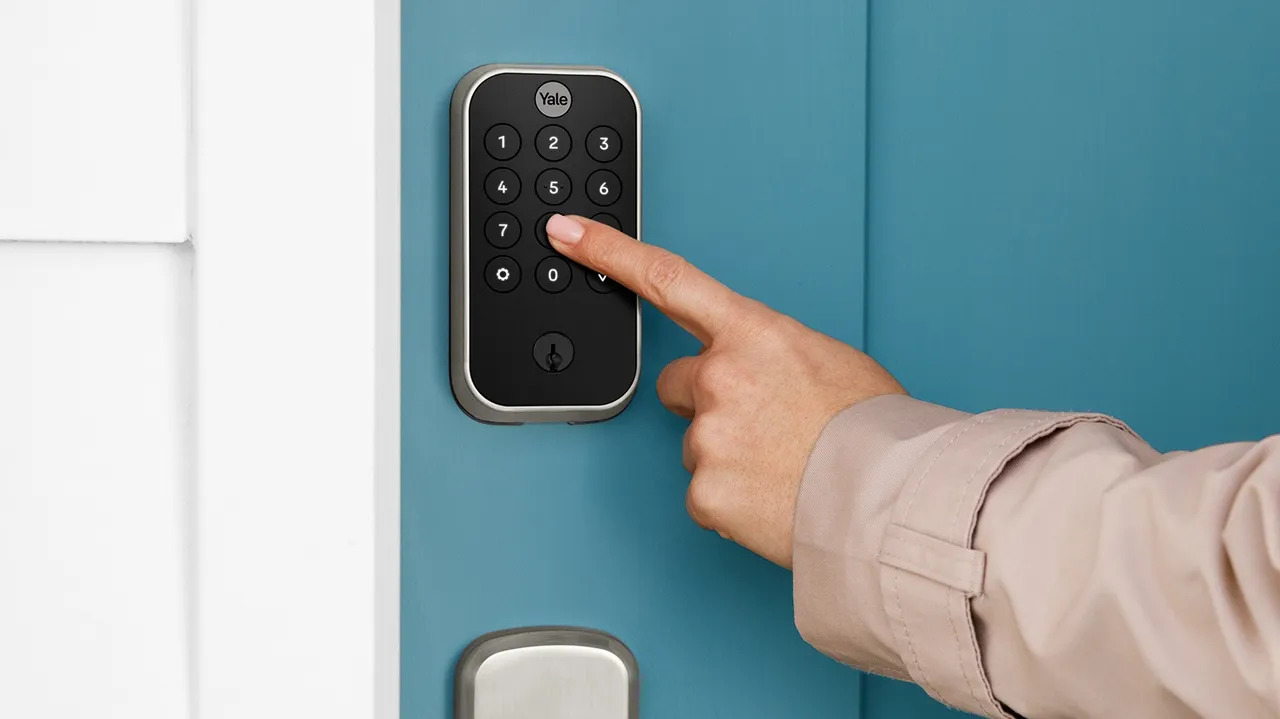
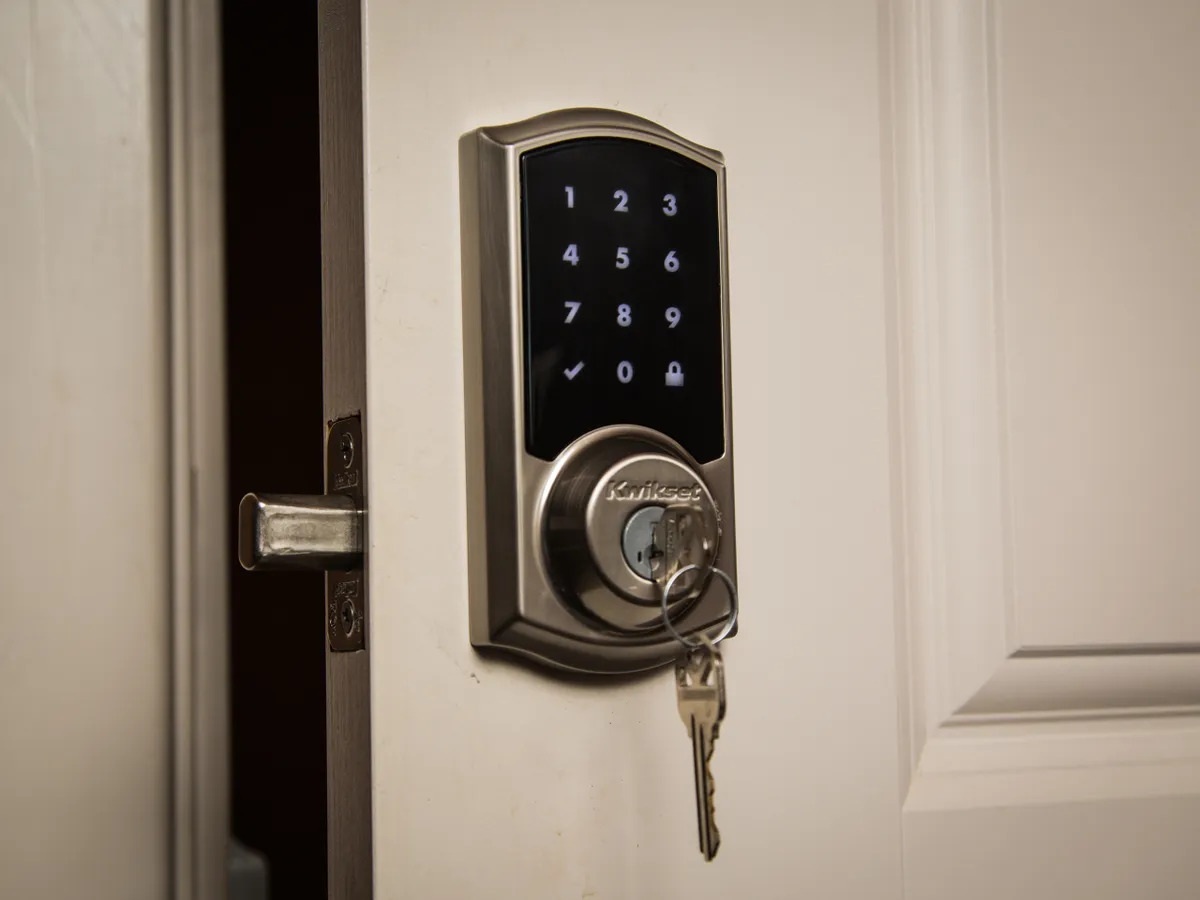
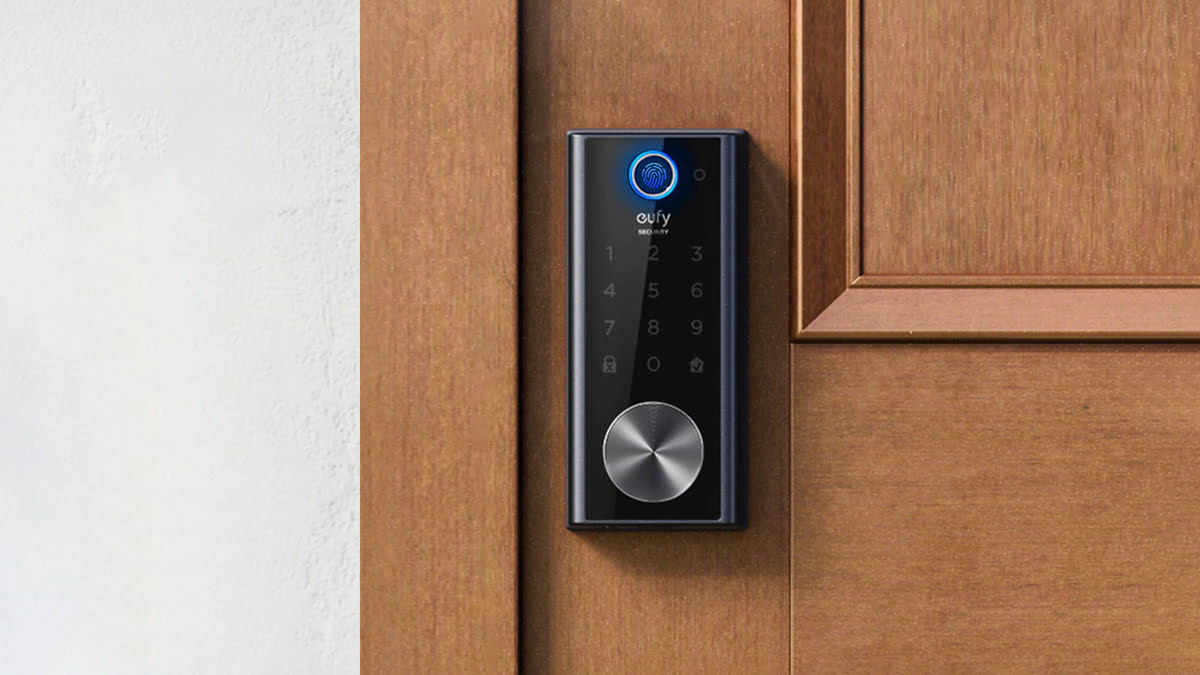
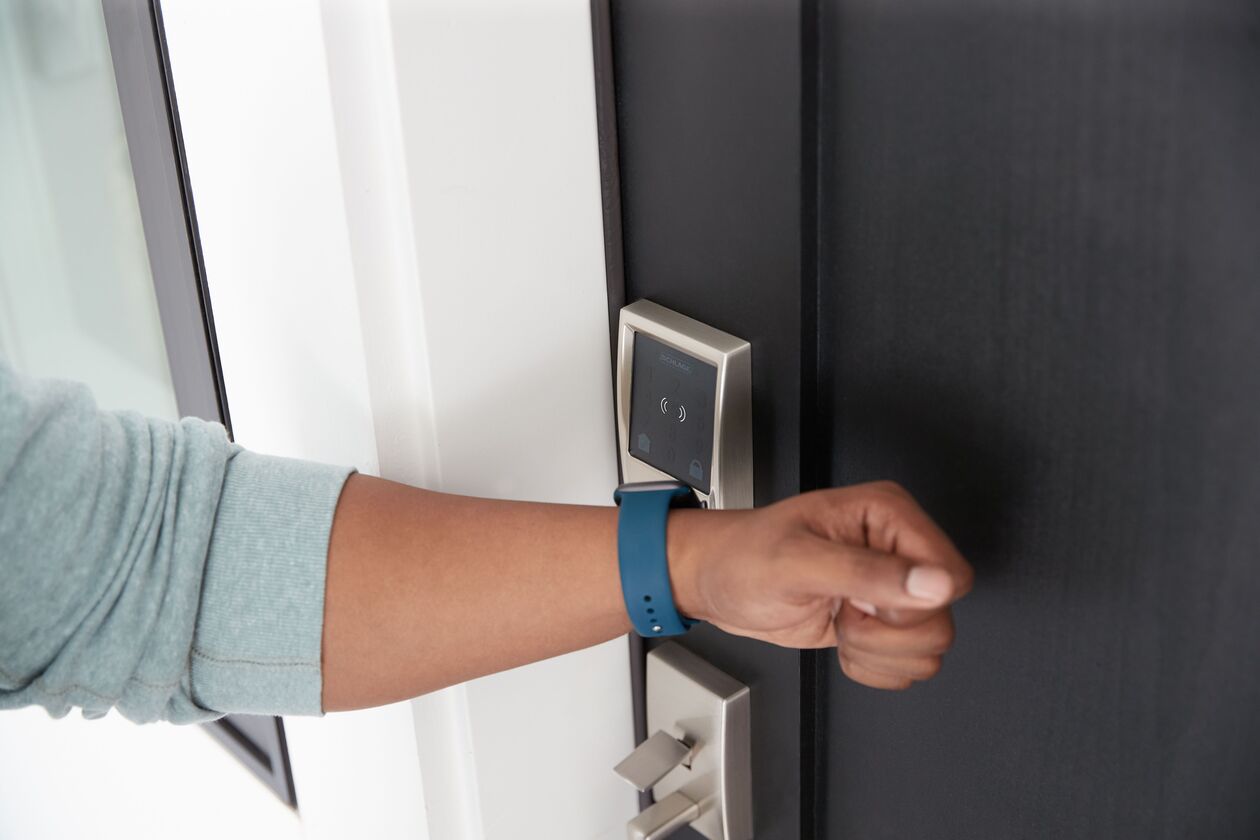
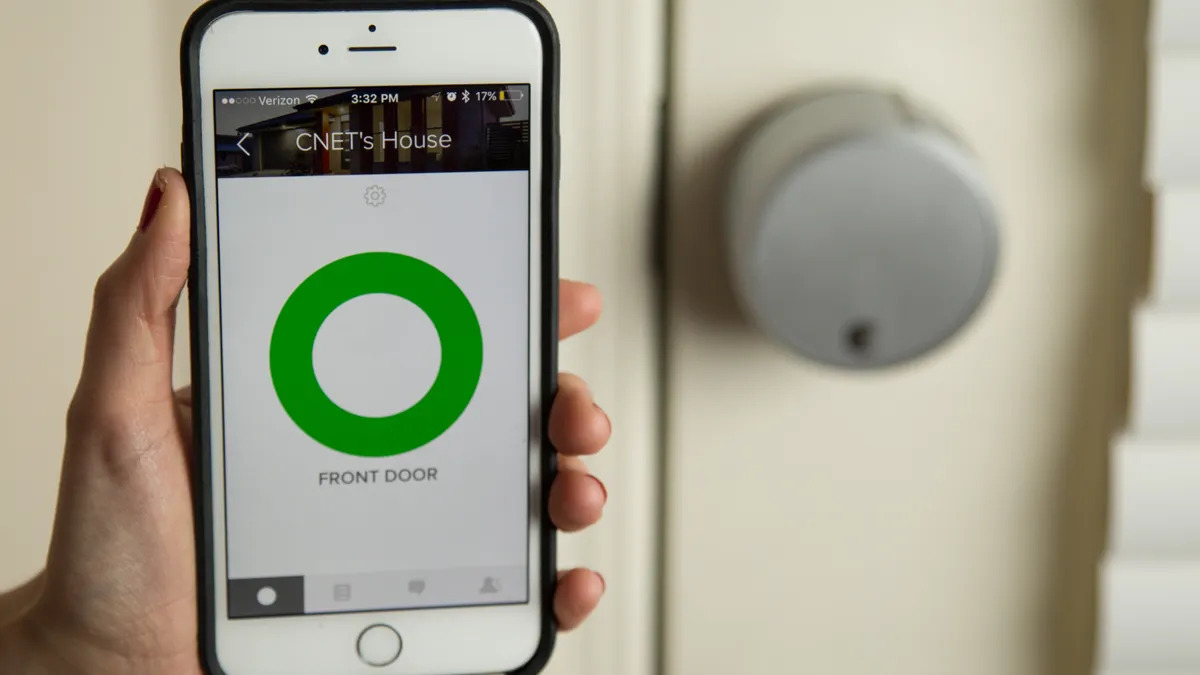
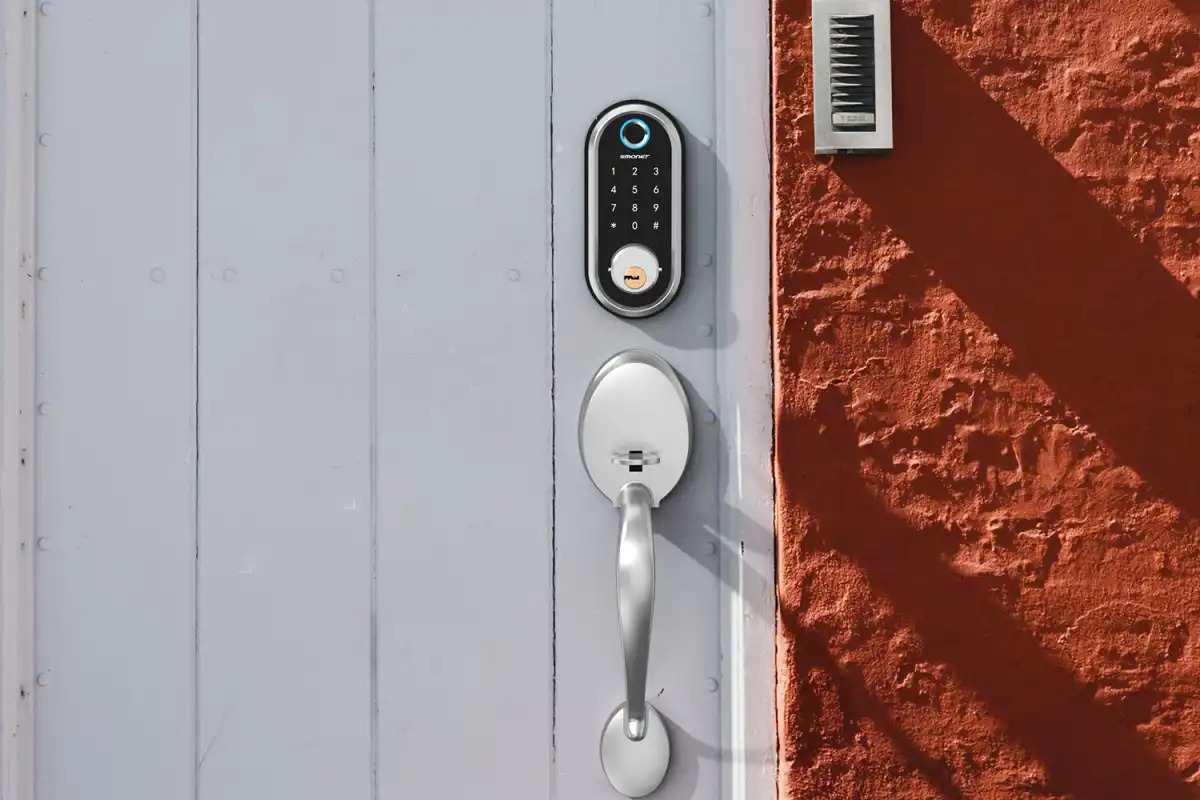
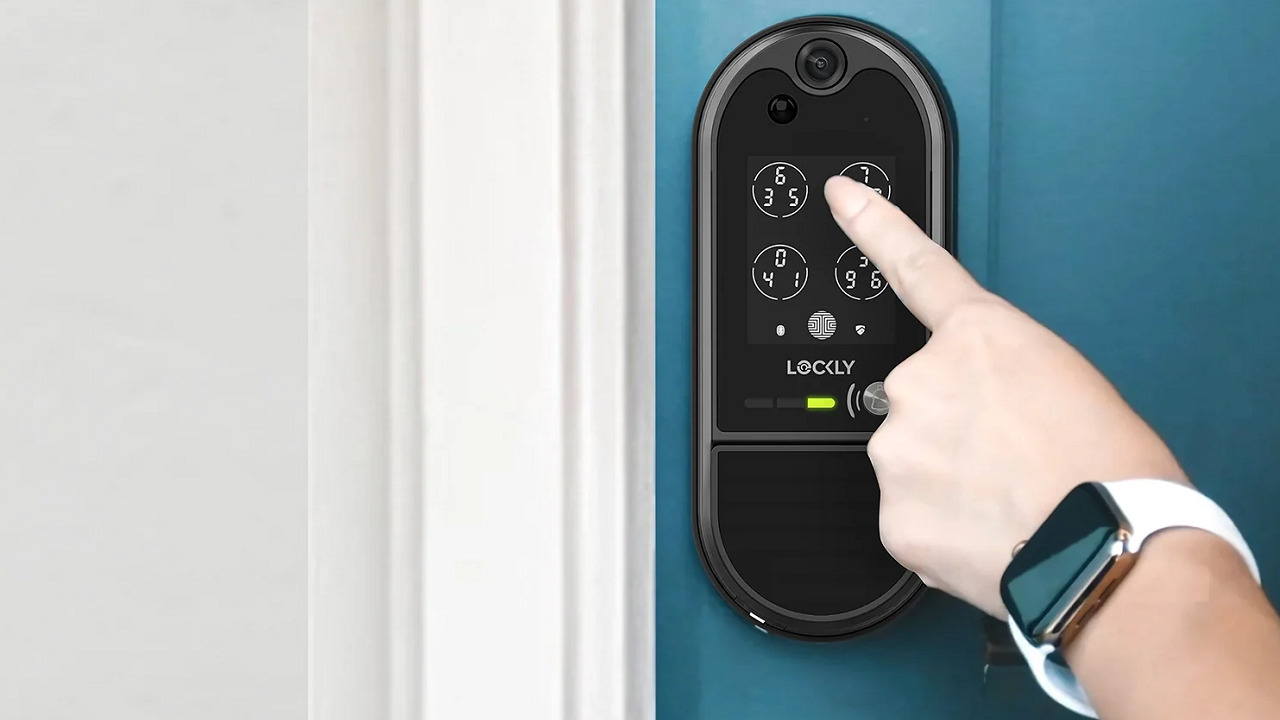
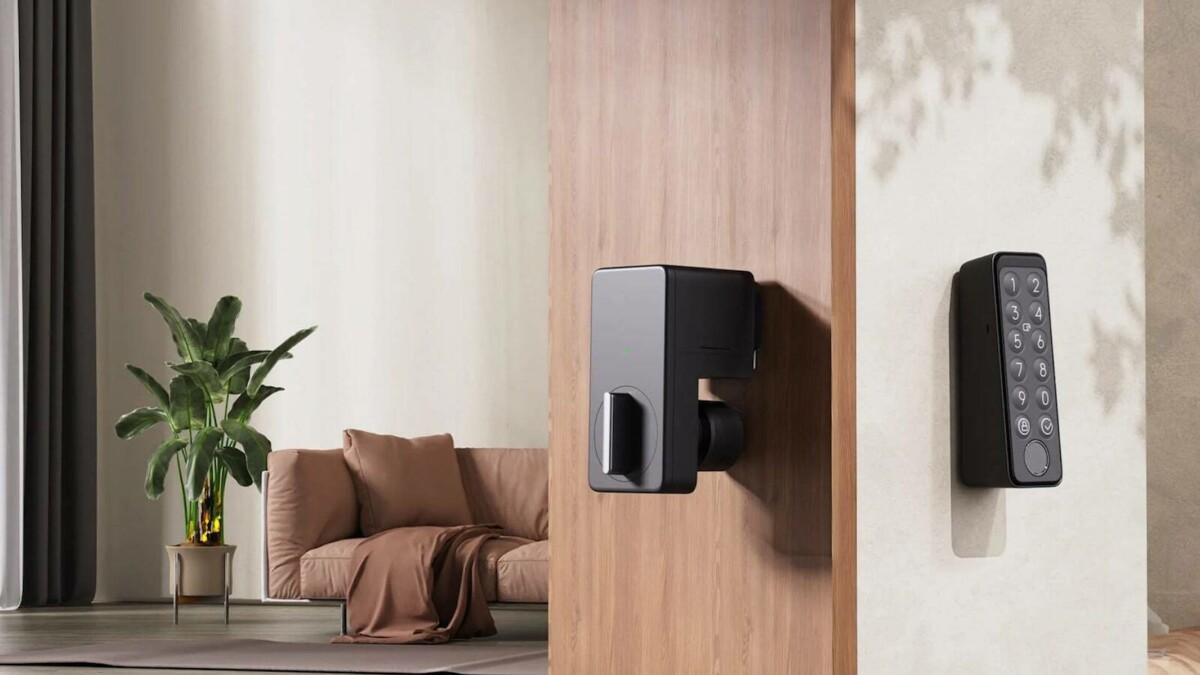

0 thoughts on “Why Is Smart Lock Not Working”